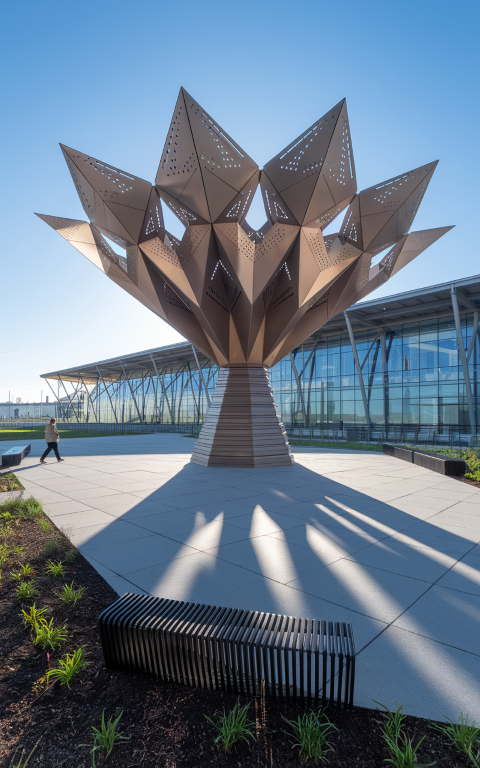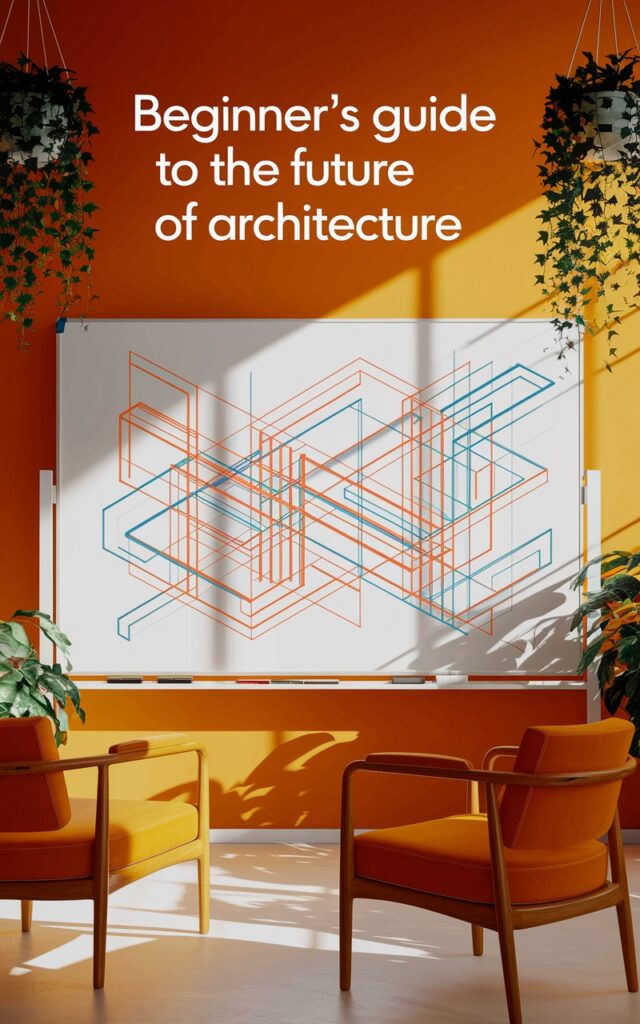Introduction
Imagine standing in front of a building that seems to defy gravity—a structure with undulating curves, intricate patterns, and a form that feels almost alive. Now, picture the minds behind this marvel: not just architects with drafting tables, but designers wielding algorithms, equations, and lines of code. This is the world of parametric design, where art meets mathematics, and imagination is powered by technology. It’s a revolution reshaping skylines, one algorithm at a time.
Why This Is Important
Parametric design isn’t just about creating visually stunning buildings—it’s about solving real-world problems. From optimizing energy efficiency to reducing construction waste, this approach allows architects to design smarter, faster, and more sustainably. In a country like India, where rapid urbanization and environmental challenges collide, parametric design offers a path to innovative, cost-efficient solutions that respect both people and the planet.
At Soga Design Studio, we’re pioneering this movement in India, breaking down barriers to make parametric design accessible to projects of all scales. Whether it’s a community center in Mumbai or a corporate hub in Bangalore, our goal is to prove that cutting-edge design doesn’t have to come with a prohibitive price tag.
Key Insights: How Parametric Design Works
At its core, parametric design uses algorithms and variables to generate and manipulate forms. Think of it like a recipe: you define the ingredients (parameters) and let the software create endless variations based on those rules. This shifts the architect’s role from manually drafting every detail to guiding a dynamic, responsive design process.
The Three Pillars of Parametric Design
- Algorithms: Sets of rules that dictate how design elements interact (e.g., “the curvature of this wall depends on sunlight exposure”).
- Data-Driven Decisions: Real-world inputs like climate data, material costs, or user behavior shape the design.
- Flexibility: Adjust one parameter, and the entire model adapts—no need to redraw from scratch.
Benefits Beyond Aesthetics
- Sustainability: Optimized shapes reduce material waste and energy consumption.
- Speed: Rapid iterations allow testing dozens of design options in hours.
- Precision: Complex geometries can be translated into buildable blueprints with millimeter accuracy.
Real-World Examples: Where Curves Meet Code
Parametric design isn’t a futuristic fantasy—it’s already transforming cities worldwide. Let’s explore a few iconic examples:
The Beijing National Stadium (“Bird’s Nest”)
This architectural wonder, designed for the 2008 Olympics, used parametric tools to create its lattice-like steel structure. The algorithm balanced aesthetic goals with practical needs, ensuring the framework could withstand seismic activity while minimizing material use.
The Metropol Parasol, Spain
Europe’s largest wooden structure, this undulating canopy in Seville was born from parametric modeling. The design responded to site constraints, sun paths, and crowd flow, resulting in a functional sculpture that doubles as a public plaza.
Soga Design Studio’s Work in India
Back home in India, Soga Design Studio has successfully executed a range of projects—including installations, façades, and sculptural works—where parametric design has significantly reduced fabrication costs. By integrating advanced computational tools with fabrication methods native to India, the studio has streamlined the production of complex forms, making algorithm-driven design more accessible, efficient, and contextually grounded.
Conclusion: The Future Is Flexible
Parametric design is more than a trend—it’s a paradigm shift. By embracing code as a creative partner, architects can tackle challenges like climate change, urbanization, and resource scarcity with unprecedented agility. In India, where diversity and complexity define both culture and climate, this approach isn’t just useful; it’s essential.
Soga Design Studio is committed to leading this charge, blending global innovation with local wisdom. Whether you’re an architect, a student, or simply someone who loves great design, we invite you to join the conversation. How do you see parametric design shaping the future? Share your thoughts below, or reach out to explore how these ideas can transform your next project.
Ready to turn imagination into algorithm? Let’s build tomorrow, together.




